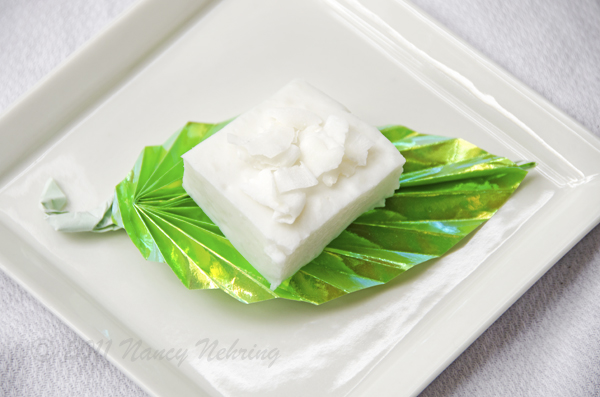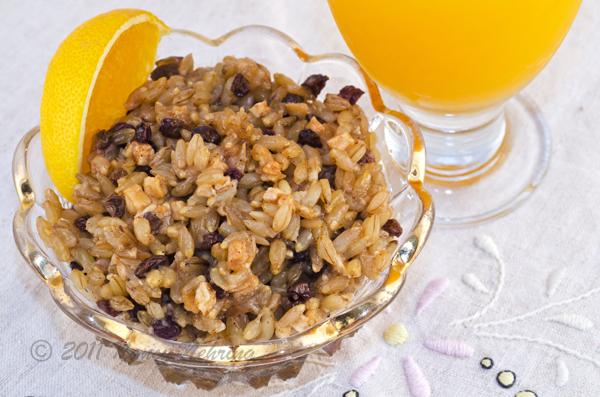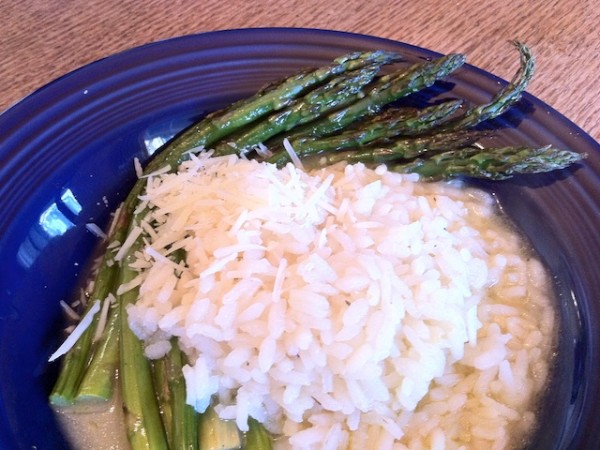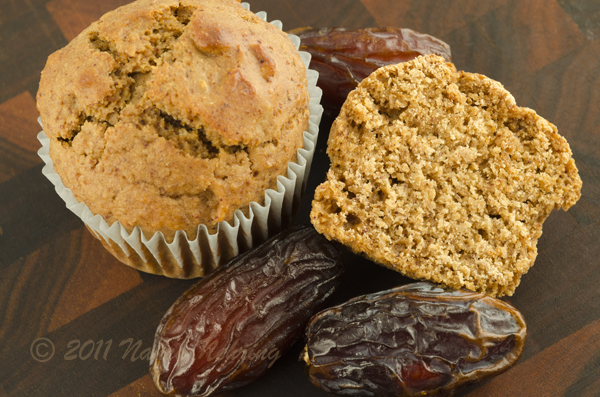Most grocery stores only carry one kind of dried coconut. It’s very fine and very sweet. It doesn’t taste much like coconut either so about all I buy it for is making tinted Easter grass for decorating cookies and cakes. When I want coconut with real coconut taste, I go to a store that carries bulk foods (Whole Foods where I live). I can usually find a large-flaked, unsweetened coconut in the bulk bins. You can also order this large-flaked coconut from Bob’s Red Mill who is a supplier of bulk ingredients and who has been a sponsor of Kuchen Together supplying us with some ingredients for our recipes (although I bought my last supply of large-flake coconut from the store). The 3.5 lb. mail order size is pretty big but you can freeze dried coconut to keep it fresh.
Sometimes the large-flaked coconut still isn’t large enough for what I want. In my trail mix I want coconut chips! I’ve never seen chips in a store so I have to make them myself. I do live in a culturally diverse area where fresh coconuts are available in the supermarkets year round. Preparing your own fresh coconut isn’t hard but it is a little time consuming. Plan half a day to complete the process. Select an “old” coconut. Recently I’ve seen “young” coconuts in the stores along side “old” coconuts. Young coconuts are not fully developed and the coconut meat inside is still in a jelly stage. Some people will split open a young coconut and eat the insides with a spoon like pudding.
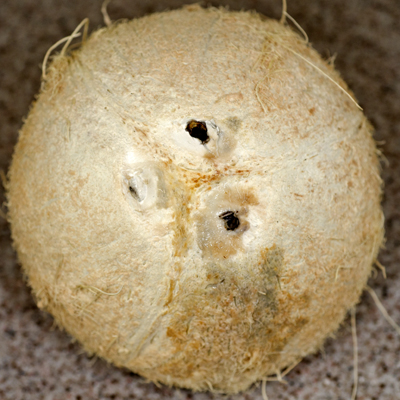
With a large nail and hammer, pierce two or three of the eyes in the coconut.
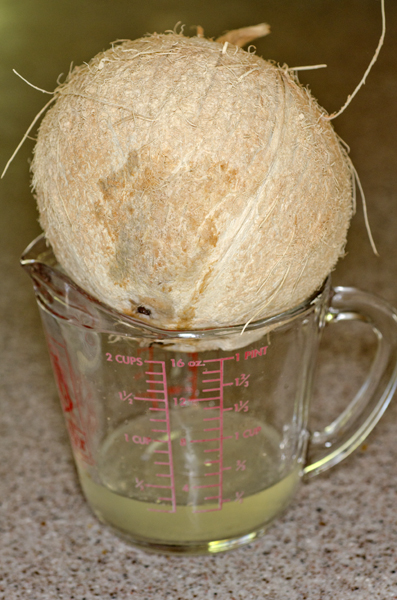
Turn coconut upside down over container to drain. You have to leave at least one hole a little “up” from the others so air can get into the interior of the coconut as the liquid drains out. If the liquid doesn’t drain, make the holes larger.
Place coconut in 300 degree oven for 30-45 minutes. If you are lucky, the shell will split.
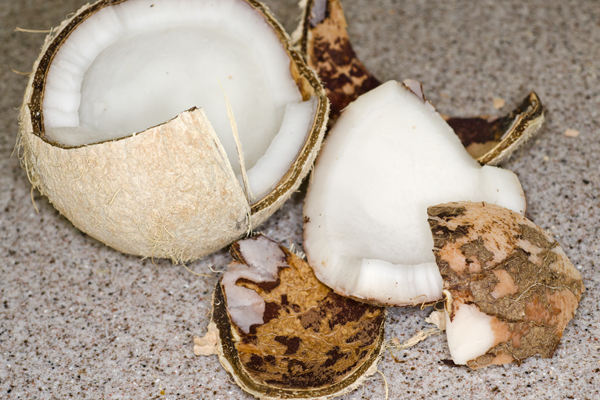
Use a hammer to break into the coconut if it didn’t split and then to break it into smaller pieces.
Wedge a thick-bladed knife between the shell and the meat working around the inside of the shell until the meat comes free.
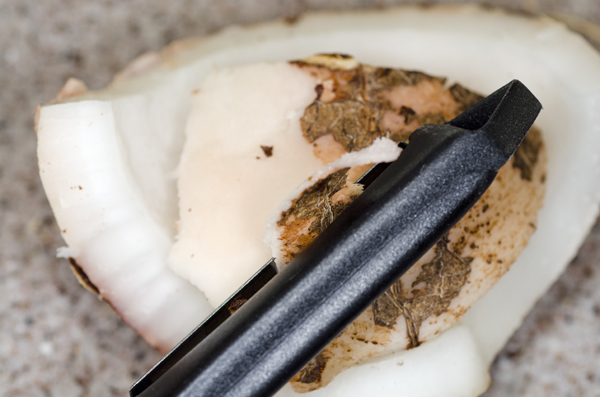
Peel the skin from the outer surface of the meat with a potato peeler.
Slice or grate the meat to the size you want. For my trail mix I cut the meat into 1″ wide strips and then slice it about 1/16″ thick.
Fresh coconut can be stored in the refrigerator for a few days or in the freezer.
For dried or toasted coconut, place sliced or grated coconut in a single layer on a flat tray. Bake at 200 degrees (or as low as your oven will go) checking and stirring every 15 minutes for grated coconut or 30 minutes for sliced. The coconut will dry and then brown. Remove when it is as dry as you like. Store as for fresh coconut.
For my trail mix the coconut slices (or chips) need to be very dry or moisture from the coconut will melt the candy coating on the chocolate pieces. Dry and toast the coconut until it is brown over at least half of the chip’s surface. Check for dryness before adding to trail mix by placing coconut in a container with a few chocolate pieces. Leave 1 day and see if the candy coating melts or not. If it does, place the coconut back on a tray in the oven and dry some more.
{ 0 comments }
